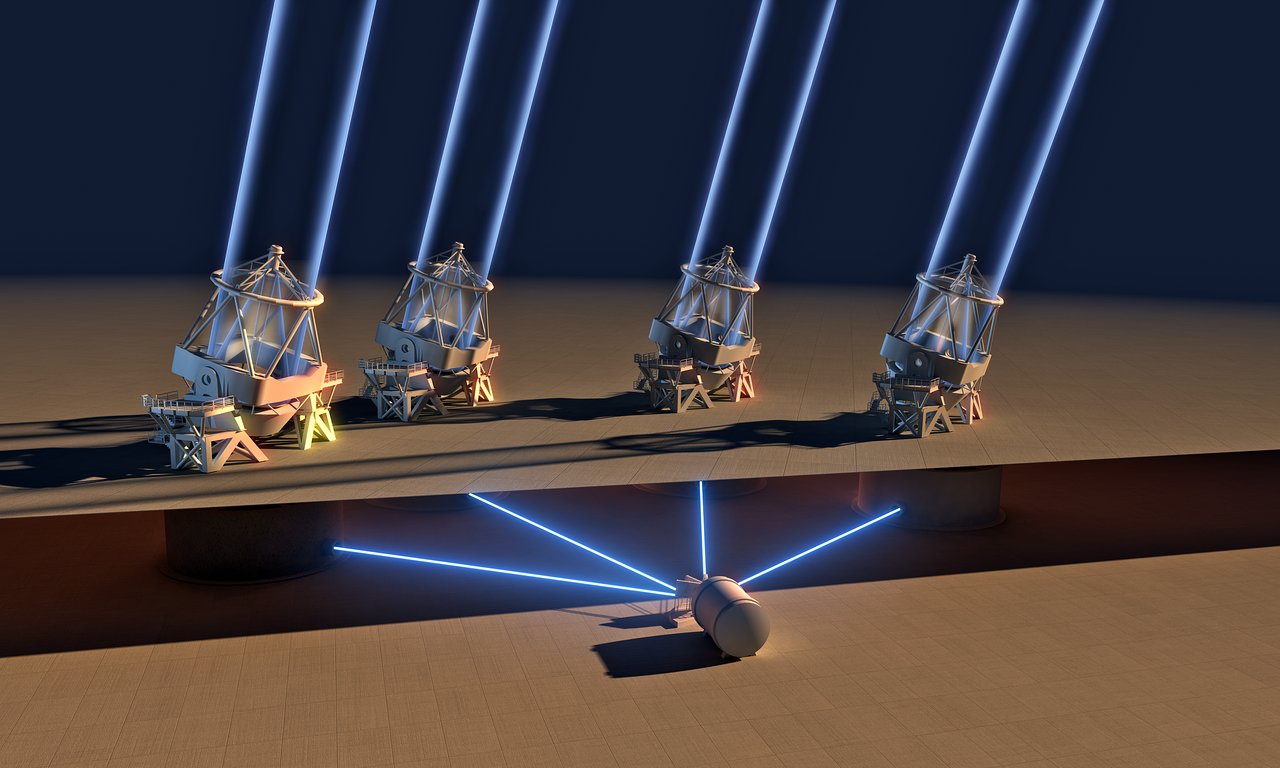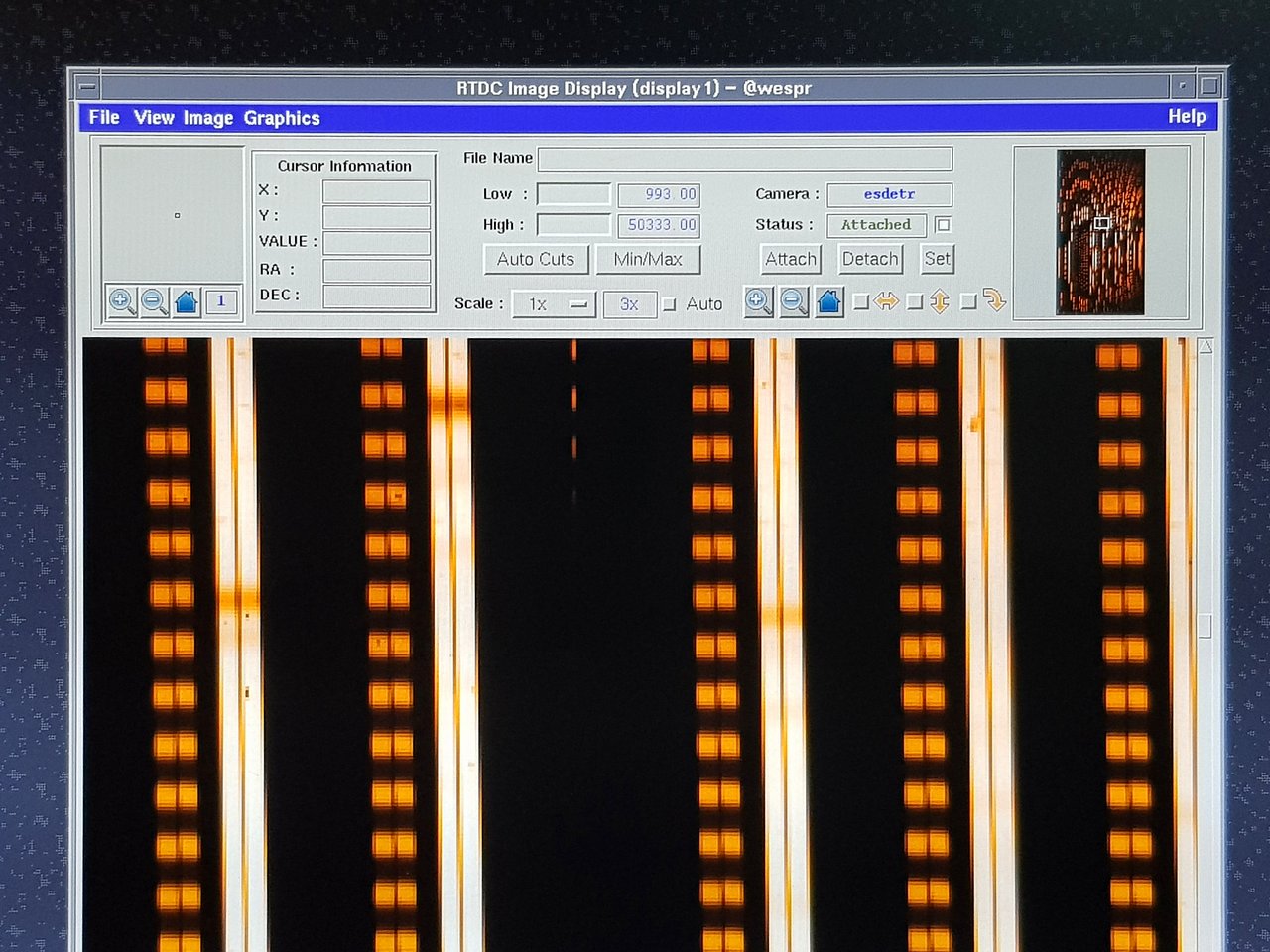Searching for Earth-Like Worlds Just Got Easier Thanks to This ESPRESSO Instrument
The search for Earth-like planets just got a major upgrade: The European Southern Observatory's Very Large Telescope (VLT) in Chile successfully integrated the light from all four of its 8.2-meter (27 feet) unit telescopes into a new instrument, making VLT the optical telescope with the largest collecting area in the world.
The upgrade will make it easier for scientists to use the observatory to search for faint, rocky planets around distant stars, ESO representatives said in a statement.
The instrument is called ESPRESSO (Echelle Spectrograph for Rocky Exoplanet and Stable Spectroscopic Observations). Each of the VLT units sends its light to the instrument using mirrors, prisms and lenses. ESPRESSO can use the light from either all four telescopes at once or just one individual telescope. That design is intended to provide more flexibility in observing time, ESO representatives said. [Amazing Space Views of ESO's Very Large Telescope (Photos)]

Another instrument, called the VLT Interferometer, commonly combines the light from all four unit telescopes, but ESPRESSO does it differently. Interferometry combines multiple telescopes to make observations. The effective size of the telescope "mirror" is the same as the distance between the individual telescopes. Interferometry also takes the phase of an object's light waves into account to form an image.
ESPRESSO, by contrast, is designed to exploit the light-gathering power of the individual telescopes. It has the light-collecting power of a 16-meter (52 feet) telescope. Light gathering is important for telescopes because, as they receive more photons of light, fainter objects appear brighter. Bigger telescopes typically see distant objects such as galaxies more easily because they have more light-gathering power.

The objects ESPRESSO can resolve are at the power of an 8-meter (26 feet) telescope (the same as each individual telescope). Resolving power refers to the ability of a telescope to separate objects that are close together in the sky. A telescope that professionals use tends to have more resolving power than an amateur one, allowing professionals to see stars more clearly in multiple-star systems, for example.
"This impressive milestone is the culmination of work by a large team of scientists and engineers over many years," project scientist Paolo Molaro said in the statement. "It is wonderful to see ESPRESSO working with all four unit telescopes, and I look forward to the exciting science results to come," added Molaro, who is on the research staff of the Astronomical Observatory of Trieste in Italy.
Breaking space news, the latest updates on rocket launches, skywatching events and more!

ESPRESSO has a second major scientific goal besides looking for Earth-like worlds: to seek variability in fundamental physics constants. ESPRESSO will observe faint and faraway quasars to uncover more about basic physics, and the combined light of the four telescopes will greatly benefit it in its observations, ESO representatives said.
Follow us @Spacedotcom, Facebook and Google+. Original article on Space.com.
Join our Space Forums to keep talking space on the latest missions, night sky and more! And if you have a news tip, correction or comment, let us know at: community@space.com.

Elizabeth Howell (she/her), Ph.D., was a staff writer in the spaceflight channel between 2022 and 2024 specializing in Canadian space news. She was contributing writer for Space.com for 10 years from 2012 to 2024. Elizabeth's reporting includes multiple exclusives with the White House, leading world coverage about a lost-and-found space tomato on the International Space Station, witnessing five human spaceflight launches on two continents, flying parabolic, working inside a spacesuit, and participating in a simulated Mars mission. Her latest book, "Why Am I Taller?" (ECW Press, 2022) is co-written with astronaut Dave Williams.
